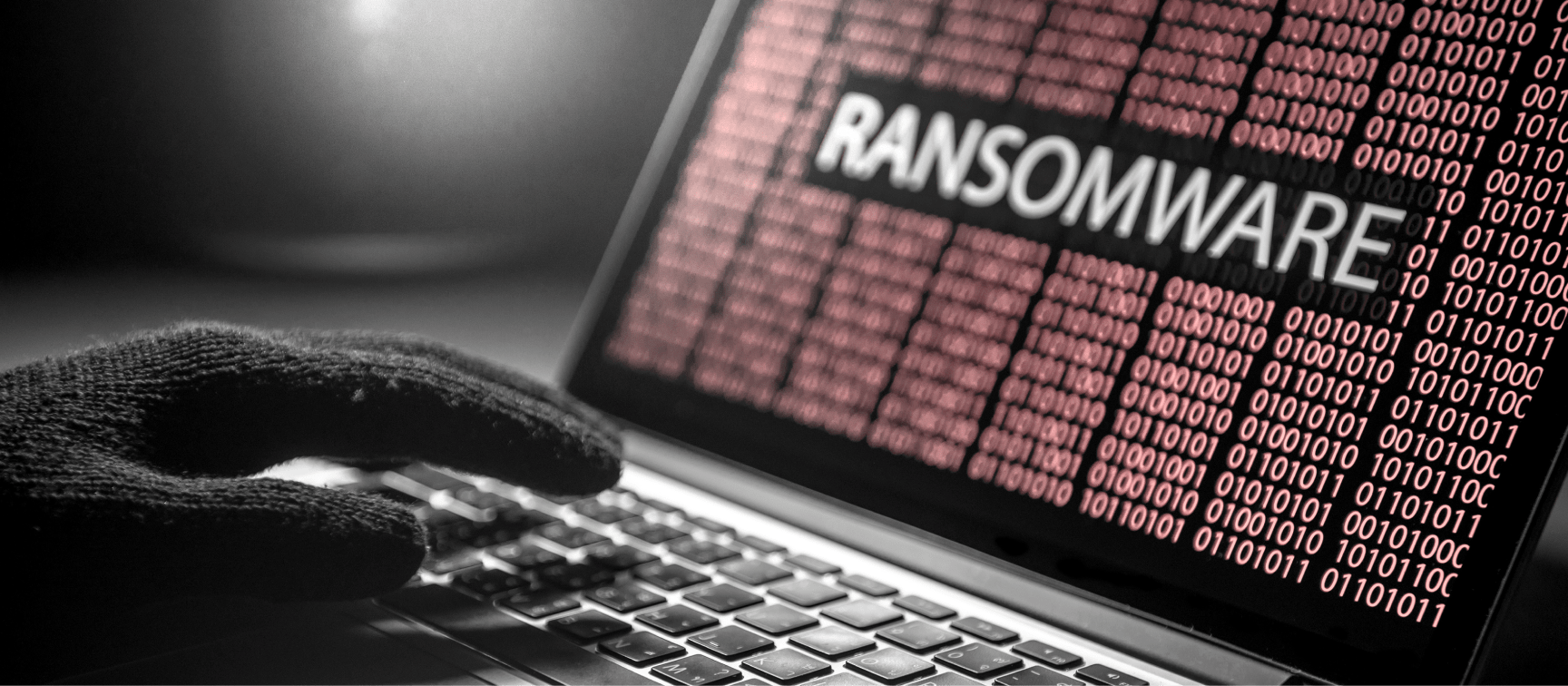Our dark web data coverage here at Webz reflects the growing trend we’ve seen in mainstream media – a significant increase of ransomware attacks hitting universities, municipalities, and businesses across the United States. The cost in responding to these attacks has already reached a total of $144 million as of June this year.
Experts predict that ransomware attacks will only increase and by 2021, a business will be attacked by ransomware every 11 seconds. Global financial damage from these attacks is estimated to reach $20 billion by 2021.
We would like to explain the history behind these trends and examine a few examples of how they are reflected in our dark web data coverage.
A Brief Definition of Ransomware
Before we continue, however, let’s first take a step back. What exactly is ransomware, and why is it one of the leading cyber threats to organizations at the present time?
Ransomware is a type of malicious software that is particularly crippling to organizations. It not only encrypts the data of a computer or device but only allows the data to be decrypted in exchange for an exorbitant fee. Ransomware can easily infiltrate an organization through deceptive links in an email message, instant message, or website.
There are generally two main types of ransomware that attack these organizations:
- Crypto – Files are encrypted and cannot be decrypted without access to a key only the attacker has. To obtain the key, the victim must pay a ransom.
- Locker – A device is locked and inaccessible to the victim. To unlock the device, the victim must pay a ransom.
The Latest Trends in Ransomware in 2020
A few different factors have contributed to the recent rise in ransomware attacks in the mainstream media. First, ransomware groups at first focused on larger enterprises, thinking they would have money to pay the ransomware. Fortunately, these large-scale enterprises also have the resources for extensive cybersecurity. As a result, these ransomware groups have switched their focus to healthcare, small to medium-size businesses and state and municipal governments. These organizations are ideal targets, who are often easier to breach because they typically have a minimal budget allocated to cybersecurity.
Second, the COVID-19 pandemic, with the lack of cybersecurity measures taken by millions of people working at home, has contributed to an increase in these and other types of cyberattacks.
Finally, one of the most recent trends of ransomware groups is the creation of public websites, usually TOR-based, that share data or information of the most recently attacked companies and organizations. Here at Webz, we keep track of the latest ransomware website and continually add the latest data to our dark web coverage.
Webz.io Adds Public Websites of Active Ransomware Group to its Data
We’ve seen a significant rise in the number of mentions of different ransomware in news, blogs, and discussions from our Open Web endpoint, which can visualize the trending ransomware attack phenomenon by mentions in different sites.
The steep increases might indicate more reports about recent attacks by those ransomware groups:



